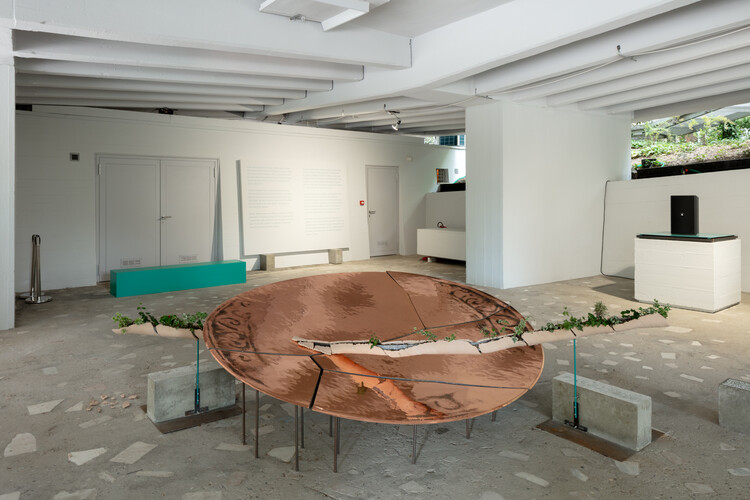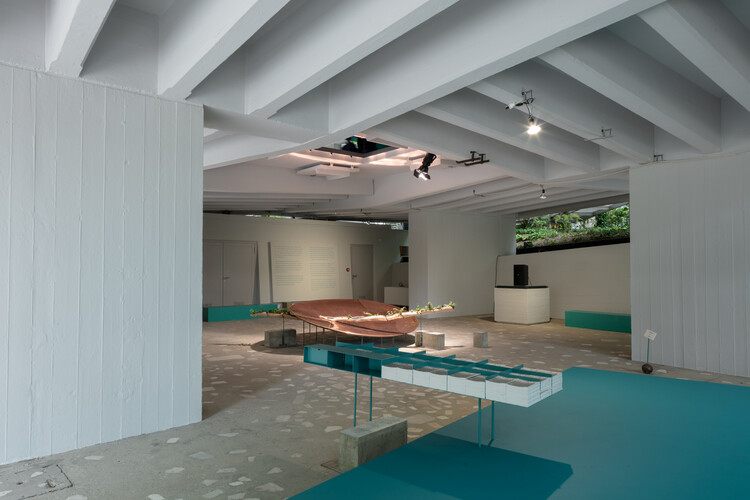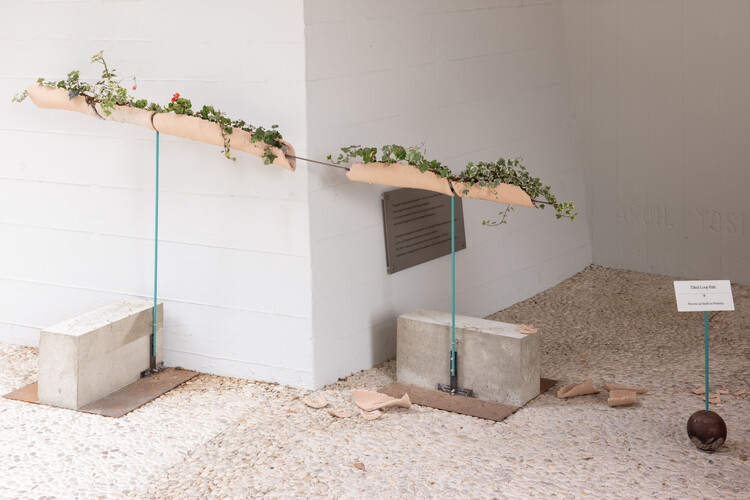
The Japan Pavilion at the 2025 Venice Biennale investigates the evolving role of artificial intelligence (AI) in architecture, focusing on the concept of the "in-between." Curated by Jun Aoki, the exhibition runs from May 10 to November 23, 2025, at the Giardini della Biennale in Venice. The exhibition explores the growing autonomy of AI in architectural design, raising questions about the shifting relationship between human agency and machine intelligence. The showcase aligns with the overarching theme "Intelligens. Natural. Artificial. Collective," curated by Carlo Ratti.

Furthermore, it explores a scenario where AI leads architectural processes, from conceptual development to spatial planning and optimization. Drawing from the Japanese concept of ma, which refers to the space and tension between two elements, the pavilion proposes that intelligence may emerge from the dialogue between human, non-human, natural, and artificial elements rather than being confined to a single entity.

The design of the pavilion is structured as an active experiment, where its architectural components, including the Hole, Wall Columns, Outer Walls, Brick Terrace, Pensilina, Tilted Loop Path, and Yew Tree, are positioned as interactive participants. The project brings together two artist-architect pairs alongside curators to engage with these elements, forming a continuous dialogue between material, space, and intelligence.
Related Article
ArchDaily Interviews From the 2025 Venice Architecture Biennale as the Exhibition Enters Its Final WeekThe exhibition programming includes interactive installations, spatial studies, and generative AI experiments that explore how intelligence evolves within built environments. Visitors will encounter a series of interventions that question how humans and AI can collaboratively shape future architecture. The pavilion's design considers AI not as an external tool but as an integrated force within the architectural process, blurring the boundaries between natural and artificial, human and machine, physical and digital.

The Japan Pavilion aims to create a speculative vision of architecture that is fluid, responsive, and decentralized, challenging the notion of static spatial design. At the 2025 Venice Architecture Biennale, several national pavilions explore themes that resonate with the overarching focus on intelligence-natural, artificial, and collective. Uzbekistan's exhibition centers on the Sun Institute of Material Science, a Soviet-era solar furnace near Tashkent. Similarly, Pakistan's pavilion investigates resilience and vulnerability in the context of climate change, utilizing rock salt, a material abundant in the country, as a central element. Finally, Iceland's exhibition proposes harnessing the country's volcanic activity to create sustainable building materials from controlled lava flows.
We invite you to check out ArchDaily's comprehensive coverage of the 2025 Venice Biennale.
Editor's Note: This article was originally published on March 13, 2025, and updated on November 19, 2025, to include new photographs of the space.



















